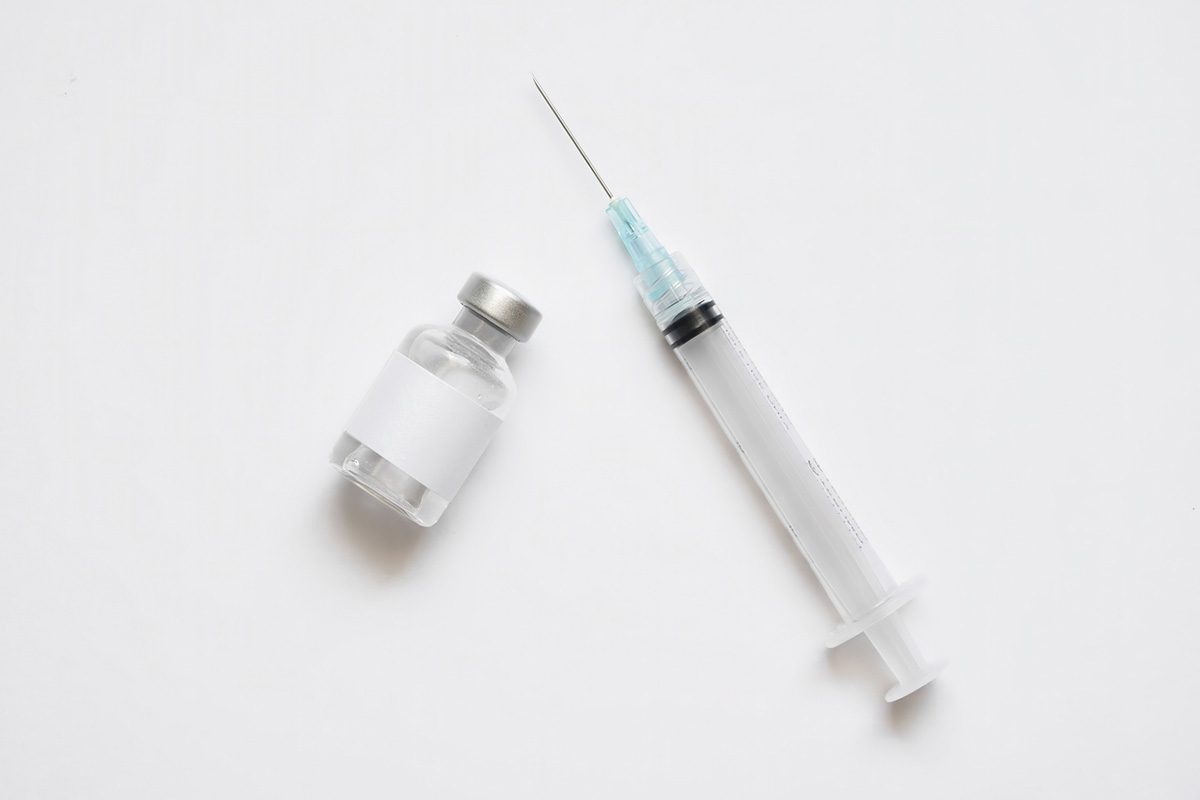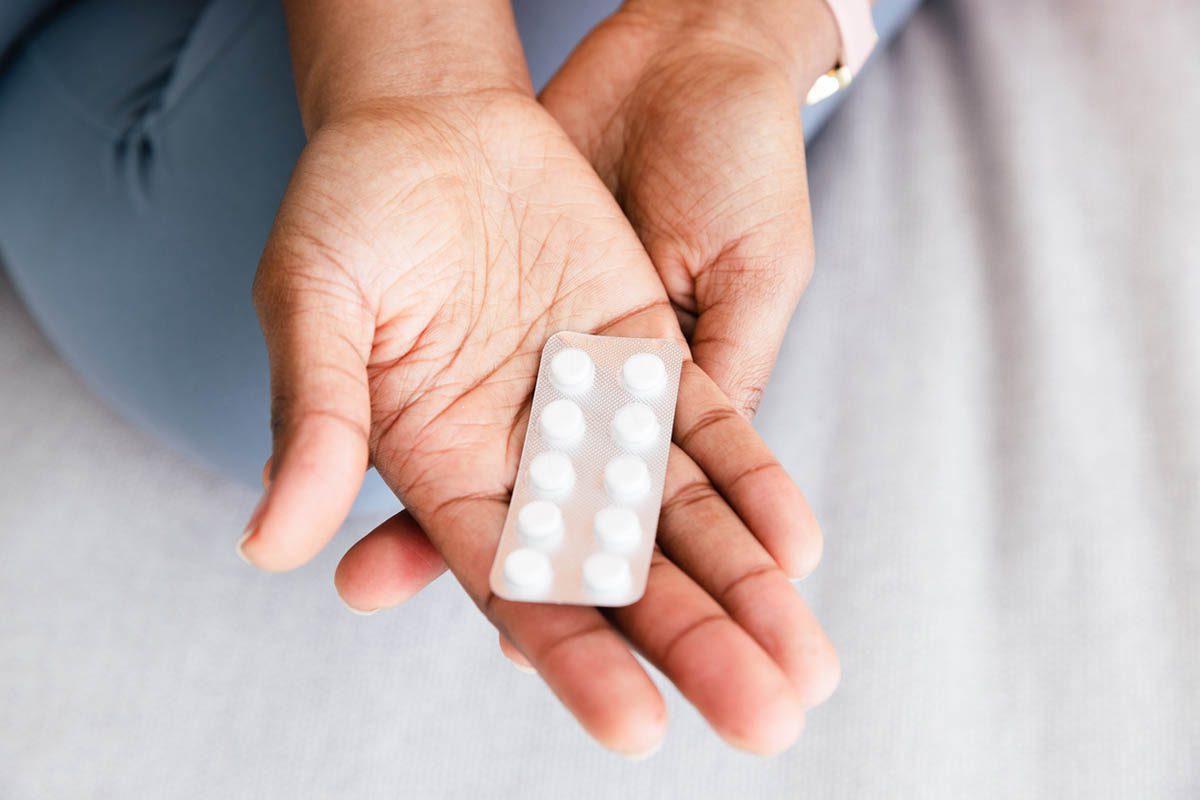Objective: Long-acting risperidone administered intramuscularly biweekly is approved for the management of schizophrenia. However, dosing of long-acting antipsychotics is frequently extended in clinical practice, and a recent clinical trial has lent support to monthly dosing of long-acting risperidone. The objective of this positron emission tomography (PET) study was to examine the striatal dopamine D2 binding of long-acting risperidone administered intramuscularly once a month.
Method: Following at least 3 maintenance monthly injections of 50 mg long-acting risperidone, 7 patients with a DSM-IV diagnosis of schizophrenia or schizoaffective disorder underwent PET using [11C]raclopride to measure D2 binding potential within 4 days of the next scheduled injection. Data were collected from May to October 2003. This PET study was part of a larger 52-week clinical study wherein individuals received long-acting risperidone once monthly over a 1-year interval. One-year follow-up data were obtained from the 52-week parent investigation.
Results: The mean ± SD D2 receptor occupancy was 56% ± 24% (range, 29%-82%). Of note, there were 4 subjects with less than 60% D2 occupancy, none of whom relapsed over the course of the 1-year follow-up. The mean ± SD total plasma level of risperidone plus 9-hydroxyrisperidone was 16.6 ± 12.3 ng/mL (range, 5.7-40.8).
Conclusion: As with plasma levels, there was considerable variability in D2 occupancy levels for individuals receiving long-acting risperidone. This work suggests a possibility that sustained D2 occupancy at or above the accepted threshold with acute clinical response may not be necessary to maintain response, a hypothesis with important clinical implications as we consider antipsychotic dosing and future antipsychotic development.
Trial Registration: clinicaltrials.gov Identifier: NCT00236353
Author Affiliations

Enjoy free PDF downloads as part of your membership!
Save
Cite



